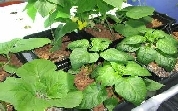Square Foot Garden
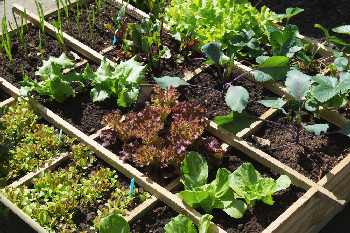
Although we love hydroponic gardening, we use that method in our greenhouse for winter crops like cabbage and carrots.
In the spring, our thoughts turn to juicy ripe tomatoes, sweet cucumbers and other warm weather crops. As the greenhouse is way too hot for plants in our scorching summers, we turn to soil-based gardening outdoors in the spring.
Both of us have had lots of experience with traditional soil gardens, as large as an acre, while we were growing up. Man, what hard labor large gardens entail. First they must be spaded or tilled up into rows and sowed with seeds or planted with young seedlings.
And that's the easy part!
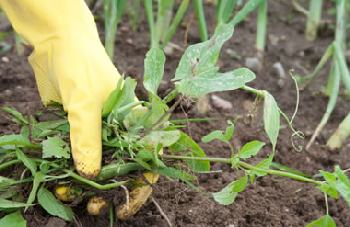
The backbreaking work begins when those evil weeds start sticking their ugly heads up through the soil. Tons of them. My toes curl just thinking about how many weeds I have pulled in my lifetime.
Back in our youth, we both paid our dues weeding the family garden.
But several years ago, during my "Mother Earth" phase, I discovered an intensive vegetable gardening method, square foot gardening, which cuts labor to a minimum. So I embraced the technique, never looking back.
Square Foot Garden
How it Works
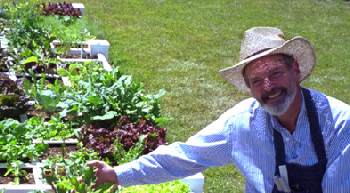 Mel Bartholomew, founder of Square Foot Gardening
Mel Bartholomew, founder of Square Foot Gardening"Square foot gardening" (SFG) is the most well-known method of intensive gardening, made popular by author Mel Bartholomew in the 1980s. Since that time, the SFG has become such a widely accepted and used system that the phrase is now somewhat generic.
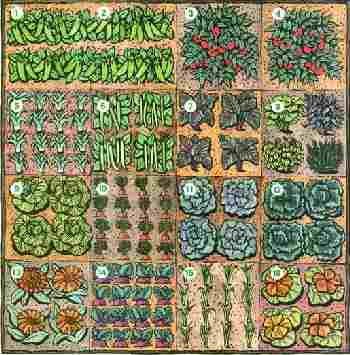 Planning a Square Foot Garden
Planning a Square Foot GardenThis is basically how SFG works: The entire garden area is initially tilled or spaded up to loosen it and allow for roots to reach deeper than just the boxes. Then small raised beds (typically 4' x 4' each) are constructed with lumber or landscape timbers.
Each of the 16 square foot "boxes" is set in place, while allowing for walkways on 3 or 4 sides of the box to allow easy access to the plants.
The raised beds are filled in with a mixture of bagged soil, peat moss, vermiculite, and compost. Each box is marked off, with string or other means, to form a "grid" of 16 one-foot squares.
Larger plants like tomatoes will require a full square for each, whereas smaller ones like spinach can be planted 4 to a square. Radishes can be planted 16 to a square.
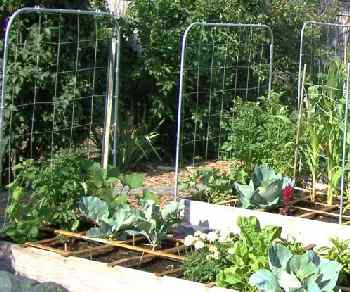
Tall plants like corn or clinging vines like pole beans can be supported along one edge with lattice or poles to climb and support them.
The plants being so close to one another (intensive gardening) offers several advantages:
- Less area for weeds to take root; the crops themselves help crowd out the weeds from even starting.
- Companion planting for pest control (like marigolds) is more effective.
- The smaller size of the beds allows easier utilization of shade covers, cold frames, etc.
- Less space = less wasted water and fertilizer
- Looks much neater and far less overwhelming than a traditional garden
SFG-
Where to Begin
Sound intriguing? We recommend SFG whole-heartedly.
How to get started? Grab this book:
"All New Square Foot Gardening: The Revolutionary Way to Grow More In Less Space"
~ by Mel Bartholomew
Get the kids involved; "SFG with Kids" in the affiliate link below:



